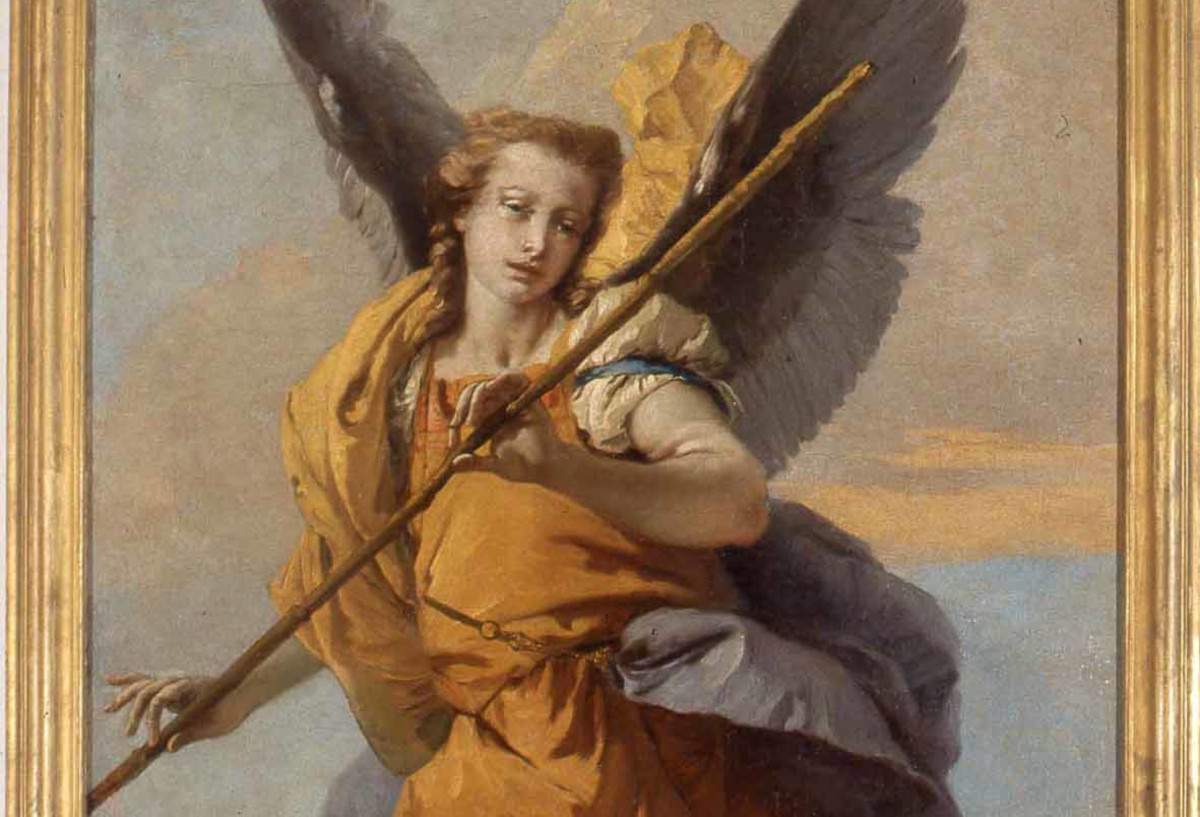In Udine and Gorizia an exhibition on the arts in Friuli in the 18th century
An exhibition on the arts in Friuli, between Udine and Gorizia, during the 18th century. Entitled Pittori del Settecento tra Venezia e Impero (Eighteenth-century Painters between Venice and the Empire ), the exhibition is being held at two venues, Udine Castle (from Nov. 25, 2023) and Palazzo Attems Petzenstein in Gorizia (from Dec. 14, 2023) until April 7, 2024, curated by Liliana Cargnelutti, Vania Gransinigh and Alessandro Quinzi. The exhibition aims to highlight the osmosis between areas historically attributable to different state entities. What is now Friuli Venezia Giulia was, until 1797, the year of the fall of the Most Serene Republic of St. Mark, a disputed land between Venice, which expressed its dominion over the “Homeland of Friuli,” and the Habsburg Empire, which dominated Gorizia, Trieste and contiguous Slovenia. Different languages, traditions, visions, but not for the artists and their art, men and women who ferried their original ways of expressing art into unaccustomed territories and found them receptive.
The County of Gorizia soon became an important junction for those Venetian artists aiming to establish themselves in the imperial lands. Exemplary are the cases of Giulio Quaglio or that of the Pacassi family, which first moved from Venice to Gorizia and in the second decade of the eighteenth century, with Giovanni Pacassi and the sculptor Pietro Baratta extended, with success, the activity to Vienna. The growth of the city and its hinterland, in connection with the architectural renewal of the churches in a post-Tridentine and Baroque sense, saw towards the middle of the century the establishment of the workshops of Pietro Bainville from Palmezzo, Antonio Paroli, with an outspoken Venetian background, and Johann Michael Lichtenreit, a Bavarian but adopted Gorizia. Individual episodes of qualified commissions stand out against this panorama. Prominent among this dense web of relationships are important commissions: Count Sigismondo Attems Petzenstein commissioned the Veronese Giambettino Cignaroli for the family altar, while Count Livio Lantieri created a collection of pastels by Francesco Pavona. A fashion, that of the pastel, which took hold after Emperor Charles VI’s visit to the city in 1728 when Rosalba Carriera reached the Isonzo capital, also moved by the hope, which would prove well-founded, of forging relations with the Viennese high nobility. On that very occasion she also portrayed some members of the Lantieri family. In the same period, the history of Venetian Friuli was marked by the social rise of families of recent nobility such as the Manin family, while the personalities of Giovanni, Dionisio and Daniele Dolfin in the guise of Patriarchs of Aquileia ensured, in this strip of the Venetian mainland, the consolidation of a figurative culture of a predominantly Venetian brand.
“In the 1700s in Udine, around the brilliant figure of Giambattista Tiepolo, who worked several times for a Friulian patron, other native Friulian artists of who succeeded precisely in Venice,” explains Vania Gransinigh. “Among them were Sebastiano Bombelli, Nicola Grassi, and Luca Carlevarijs who, although they chose to move to the Lagoon, continued to maintain working relationships with their homeland. Others, Venetians, reached Friuli to join Tiepolo in responding to the requests of Friulian patrons. Among them were Gian Antonio Guardi, Giambattista Piazzetta, Gaspare Diziani, and Francesco Fontebasso. Their Friulian works offered grounds for inspiration for local artists. As is the case with Francesco Pavona or Francesco Chiarottini, both active along the two sides of the border between the imperial and Venetian lands.”
“The studies and research completed in the last thirty years,” Alessandro Quinzi points out, “have shown how the web of reciprocal cultural relations between the different areas of the region are much more stratified and differentiated than we think. A whole century separates the figure of the painter of Lombard origins Giulio Quaglio, who after working for about ten years in Udine decorating the palaces of the newly appointed city nobility moved in the early eighteenth century to Ljubljana via Gorizia, from that of Franz Caucig/KavÄiÄ, who was born in the Isonzo capital and lived in Vienna lending his work also for a noble Gorizian as well as Viennese patronage. Between these two extremes lies a variegated and composite context, dotted with artistic personalities from the most diverse training and backgrounds who contributed decisively to the definition of a figurative congerie indebted as much to Venetian art as to that beyond the Alps in the territorial areas into which the Friuli Venezia Giulia region is usually divided.”
For all information you can visit the Udine Castle website.
Image: Placido Costanzo, Allegory of the Suppression of the Patriarchate (Friuli Foundation)
 |
| In Udine and Gorizia an exhibition on the arts in Friuli in the 18th century |
Warning: the translation into English of the original Italian article was created using automatic tools. We undertake to review all articles, but we do not guarantee the total absence of inaccuracies in the translation due to the program. You can find the original by clicking on the ITA button. If you find any mistake,please contact us.





























